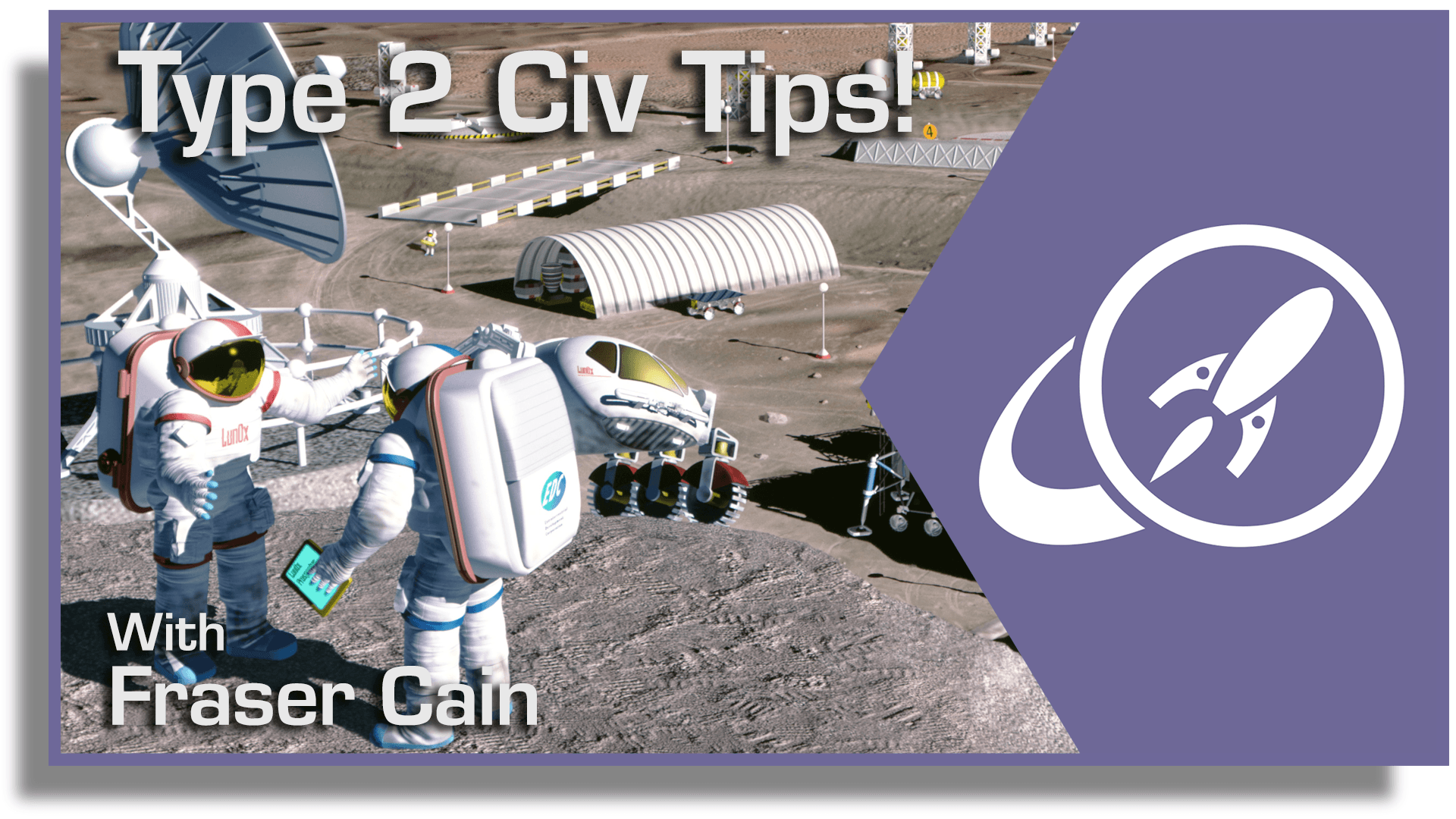By popular request, Isaac Arthur and I have teamed up again to bring you a vision of the future of human space exploration. This time, we bring you practical construction tips from a pair of Type 2 Civilization engineers.
To make this collaboration even better, we’ve teamed up with two artists, Kevin Gill and Sergio Botero. They’re going to help create some special art, just for this episode, to help show what some of these megaprojects might look like.
I’d also like to congratulate Gannon Huiting for suggesting the topic for this collaboration. We both asked our Patreon communities to brainstorm ideas, and his core idea sparked the idea for the episode. You get one of my precious metal meteorites, which I guarantee will give you a mostly worthless superpower.
We’ll tell you the story of what it took to go from our first tentative steps into space to the vast Solar System spanning civilization we have today. How did we extract energy and resources from the Moon, planets and even gas giants of the Solar System? How did we shift around and dismantle the worlds to provide the raw resources of our civilization?
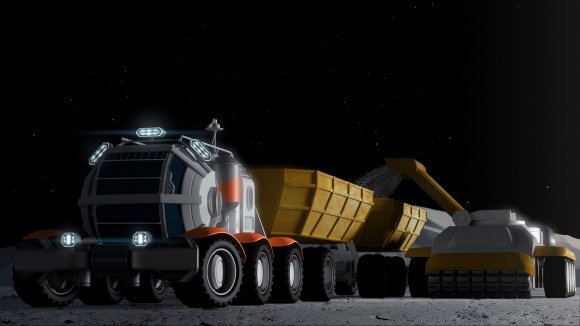
Humanity’s ability to colonize the Solar System was unleashed when we harvested deposits of helium 3 from the Moon. This isotope of helium is rare on Earth, but the constant solar wind from the Sun has deposited a layer across the Moon, though its regolith.
Helium 3 was the best, first energy source we got our hands on, and it changed everything. Although other kinds of fusion reactors can produce more energy with more efficiency, the advantage of helium 3 is that the fusion reaction releases no neutrons. This means you can have a fusion reactor on your starship or on your base with much less shielding.
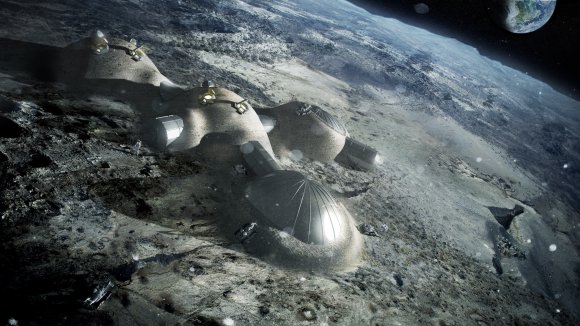
We still use helium-3 reactors when living creatures need to be close the reactor, or the ship can’t afford to carry around heavy shielding.
The Helium 3 is found within the first 100 cm of the lunar regolith. Harvesting it started slowly, but in time, our mining machines grew larger, and we stripped this layer completely off the Moon. There are other repositories across the Solar System, in the regolith of Mercury, other moons and asteroids across the Solar System, and in the atmospheres of the giant planets. We later switched to getting our Helium 3 from Uranus and Neptune, but the Moon got everything started.
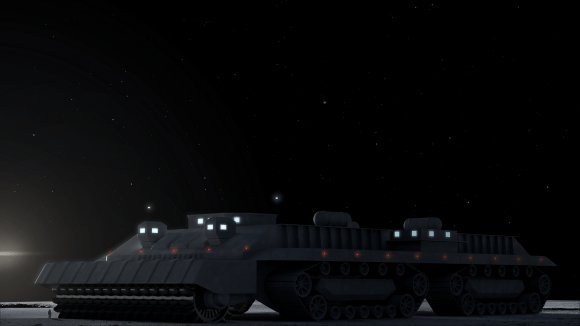
One of our big problems with building in space was getting raw materials. Just about every place that has the supplies we needed was at the bottom very deep gravity wells which made accessing those materials a lot harder. Asteroid and moons offered us a large supply of material that was not locked inside such deep gravity wells.
These asteroids also gave us a big initial head start on developing space-based infrastructure as they contained a great deal of precious metals that we could bring home to help fund our endeavors.
For all that, the entire Asteroid Belt contains much less material than Earth’s own Moon. The ease of mining and transport on these bodies made them a critical source of raw materials for building up the early Solar Infrastructure and many of them became homes to rotating habitats buried deep inside the asteroid, where millions of people live comfortably shielded from the hazards of space and support themselves mining the asteroid around them.
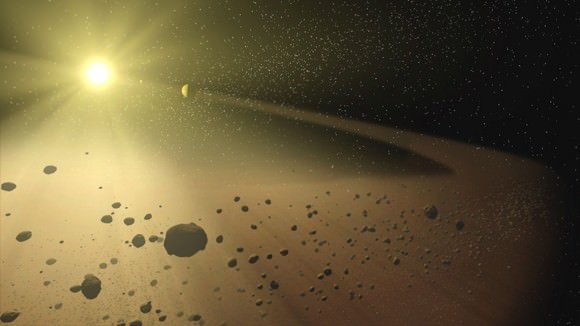
These asteroids and moons often contained water in the form of ice, which is vital to creating life-bearing habitats in space, as well as fuel and propellant for many early-era spaceships.
However, even if the entire Asteroid Belt was ice, instead of it being a fairly smaller percent of the mass, that would still only be the approximate mass of Earth’s Oceans. There was a plentiful supply for early efforts but not enough for major terraforming efforts on places like Mars or creating many artificial habitats.
Water is incredibly scarce in the inner Solar System, but becomes more plentiful as we make our way further out, past the Solar System’s Frost Line. Deeper out past the planets we find enough water to make whole planets out of, as hydrogen and oxygen are the first and third most abundant elements in the Universe. Also, for the most part these come in convenient iceberg-sized packages, low enough in mass to have a small gravity well and to be movable.
Mastering the Solar System required moving very large objects in space. For the less massive objects, we could put a big thruster on it, but for the largest projects, such as moving planets with atmospheres (which we’ll get to later in this article), another technique was required.
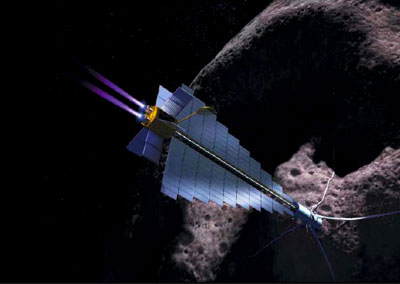
To move large objects around, without touching them, you need a Gravity Tractor.
Want to move an asteroid? Use the gravity of a less massive object, like a spaceship. Hold the spaceship close to the asteroid, and their gravity will put them together. Fire your rocket’s thrusters to keep the distance, and you slowly pull the asteroid in any direction you like. It takes a long time, and does require fuel, but you can use this technique to move anything anywhere in the Solar System.
Put a massive satellite into orbit around an asteroid. When the satellite is on one side of the asteroid it fires its thrusters towards the satellite. And then on the other side of its orbit, it fires its thrusters away from the satellite. The satellite will have been pushed twice in the same direction. To an outside observer that satellite has moved, though on the asteroid it will seem to have been nudged closer than put back.
Don’t forget that the satellite pulls on the asteroid with just as much force as the asteroid exerts on the satellite. Earth pulls on the Sun just as hard as it pulls on us, but it’s more massive so it doesn’t move as much. But it does move, and so by pushing on the satellite towards the primary then pushing away on the opposite side, we move the primary body.
We can also take advantage of momentum transfers from gravity to alter the course of an object by making a close flyby. You can use this gravitational slingshot to use the gravity of a planet to change the move large objects into a new trajectory.
Over time, we put gravitational tugs into orbit around every chunk of rock and ice that we wanted to move, shifting their locations to the best places in the Solar System.
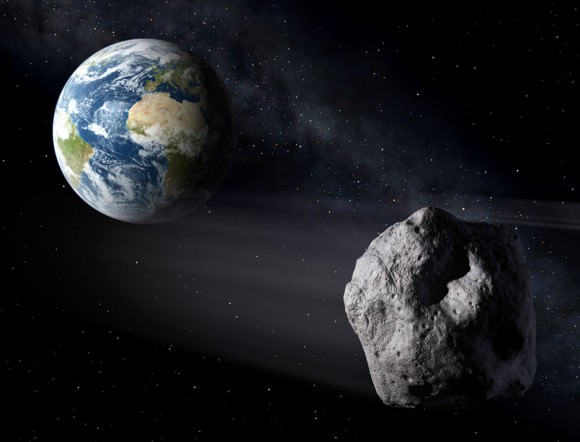
Some places gave us raw materials. Other places would serve as our homes.
Earth is the third closest planet to the Sun and it will always be the environment we’re trying to replicate. Earth is, well, it was… home.
For all the millions of other worlds across the Solar System, we made them capable of hosting life with a little work. Often we could make them habitable just by increasing the amount of energy they received from the Sun.
Creating artificial gravity by spinning a habitat or breathable air by doming it over did us no good if there wasn’t enough light to melt ice into water or let plants grow.
The farther you get from the Sun, the less light you get, but we bounce light that would have been lost, concentrating it to let life flourish. The Sun gives off over a billion times the light that actually reaches Earth, so there’s no shortage in quantity, just concentration.

To double the light reaching a planet like Mars, you would need a mirror surface area of twice the size of Mars. But not twice the mass of Mars. For every square meter of land on Earth, there’s about 10 billion kilograms of mass under our feet. A mirror on Earth wouldn’t weigh much more than a kilogram a square meter, but in space we can go far thinner. Any one of millions of small asteroids in the solar system contains enough material to make a planetary surface’s worth of mirrors.
Lenses or parabolic reflectors let us move light in from far more densely concentrated locations closer to the Sun. Reflecting light also allows us to remove harmful or less useful invisible wavelengths like ultraviolet or x-rays.
This allowed us to make almost any place warm and bright enough. We took distant moons and asteroids far from the Sun, and gave them a collar of thin mirrors bouncing light into a parabolic dish. By bouncing this light into rotating habitats safely buried inside the asteroid, we created warm, lush garden worlds in environments so cold that air itself would condense into a liquid.
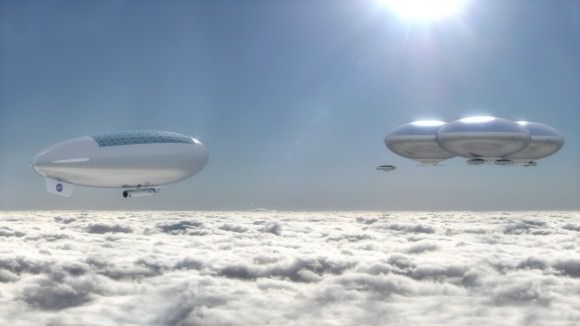
For most of the Solar System we wanted to warm planets up. But for Venus and Mercury, we needed to cool them down. We did this by placing shades between them and the Sun to reflect away some of the light hitting them.
The easiest way to do this was to position an opaque material between the planet and the Sun, at the L1 Lagrange point. At this point the gravitational pull of the planet counteracts the pull of the Sun allowing a large thin solar shade to remain in position with minimal energy. This way the planet is cooled.
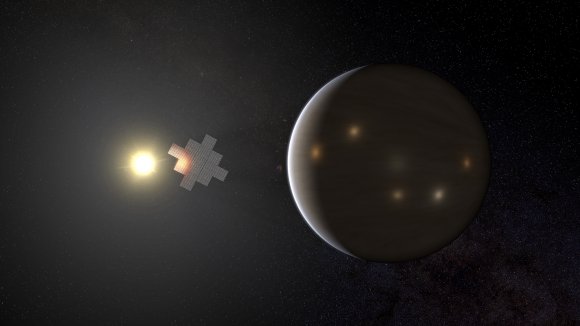
But we did better than merely cool, we shaped the light to our needs. With a collection of many small shades, we avoided putting a visible dark spot on the Sun. Sunlight comes in many frequencies, from radio to x-rays; some were more valuable to us than others. Plants mostly use red and blue light, while green light doesn’t help with photosynthesis. So blocked a decent amount of green light, some blue, and no red, and cooled the planet without harming plant life and without really altering how the light looked to our eyes.
We engineered the perfect material for our shades which was mostly transparent to the wavelengths of light we wanted and mostly reflective or absorptive to the ones we didn’t.
Ultraviolet is a good example. We wanted some to get to our planet, as it does help as a sterilizing agent to biological processes and it helps make ozone, but we wanted to cut most of that out. Even better, about half of the light coming from the Sun is in infrared, which we can’t see and which plants don’t use.
We blocked most of that and seriously lowered temperatures on Venus and Mercury.
We set up shades to block the light from reaching our planets. And we did the same with dangerous radiation streaming from the Sun. We set up a concentrated magnetic shield at the Mars-Sun L1 Lagrange point, which catches and redirects high energy particles. This protects a world from the Sun, but it doesn’t prevent harmful cosmic rays, which can come from any part of the sky.
Our own planet Earth has a robust magnetosphere, and it’s the main reason we have air to breath and don’t absorb dangerous radiation from the Sun and space.
Places like Mars don’t. For this purpose, we created artificial magnetospheres. We considered trying to get Mars’ core spinning fast and hot so that rapid spinning molten ferromagnetic materials would generate a protective magnetosphere.
But that was too much effort. We didn’t actually care what generated the magnetic field, we just wanted the magnetic field. In the end we deployed a constellation of electromagnetic satellites around every world exposed to space. These satellites could do double duty, harvesting solar radiation and generating an artificial magnetosphere.
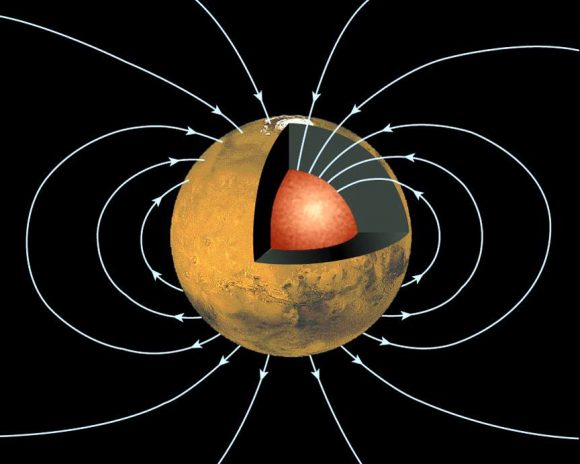
Cosmic rays and radioactive particles from the Sun were captured and redirected safely away from the world, allowing us to roam freely on the surface.
Once we had made acquired the resources of every world in the Solar System, we began our next great engineering effort. To move and dismantle the worlds themselves. To create the optimal configuration that gave us the most living space and the most usable energy. We began the construction of our Dyson swarm.
Moving planets is almost impossible. But not completely impossible. How do you get all that energy to move a world without melting it? The orbital energy of Earth around the Sun is approximately 30 million, trillion, trillion joules. That’s equal to all the energy the Sun puts out over a few months.
Of course, the Sun is slowly warming up, and while estimates vary, it’s generally accepted that in about a billion years it will have warmed up enough that Earth would be uninhabitable. Moving the Earth was inevitable.
To move the Earth outward to counteract the increased solar luminosity, we needed to add orbital energy. A lot of energy.
Earlier, we discussed using gravity tractors and gravitational slingshots to slowly and steadily move objects around the Solar System. This technique works at the largest scales too.
A gravity tractor could slowly and steadily move an entire planet if you had enough time and fuel. Because we already had mastery of all the asteroids in the Solar System, we put them into orbits that swept past worlds.

Each gravitational slingshot gave or stole orbital momentum from the world, pushing it closer or farther from the Sun.
We also used orbital mirrors to bounce sunlight from the Sun. With enough of them, deflecting their light in the same general directional while maintaining an orbit around the planet, we could move worlds without touching them or heating them up from the light beams.
With enough satellites to keep the net gravitational force on the planet homogenous, we didn’t have to worry about tidal heating, allowing us to move a planet far faster.
In the future, we’ll use a king-size version of this to move the entire Solar System, using the star as the power source, called a Shkadov Thruster. We will push the Sun and every star we control into a constellation that matches our needs. But that’s a problem our Type III civilization engineers will have to worry about.
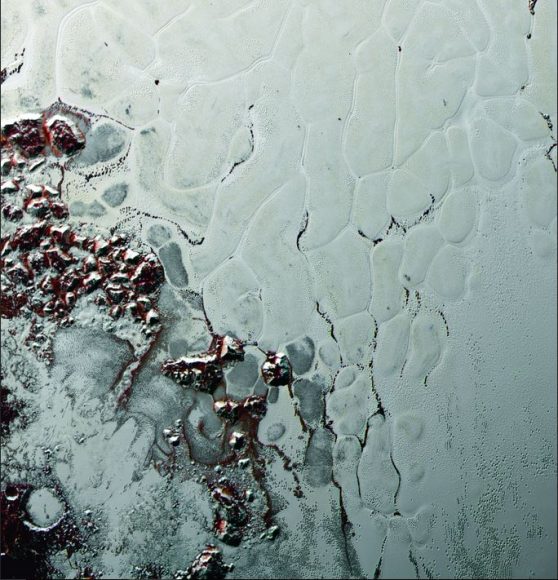
We always needed ice. For water, for fuel and for air. And the outer Solar System had all the ice we could ever need. We brought comets and other icy bodies in from the outer Solar System to bring water to the planets we’re terraforming – Mars, Venus, and the large moons of the Solar System.
Pushing ice is a tricky process, but the comet itself is the source of fuel, either liquid hydrogen and oxygen as the propellants or using the hydrogen for a fusion torch drive. However we have an alternative trick we can use.
We just talked about using energy beams, focused sunlight, lasers, or microwave beams to push objects outward from the sun. You can also move inward by reflecting the beam off at an angle, removing orbital momentum. This lowers their orbit into the Solar System.
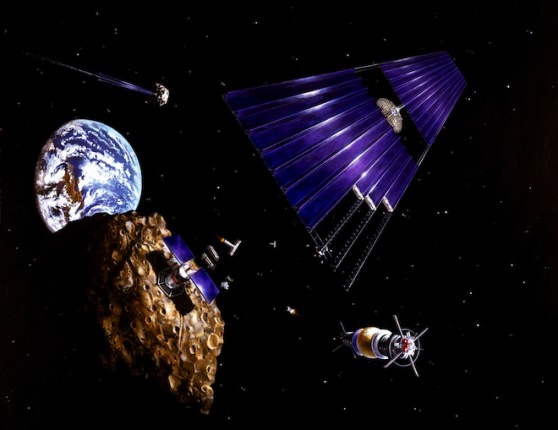
By setting up energy collectors on comets, we could beam power out them, and use that energy to melt atoms into gas and accelerate them away with a magnetic field, just like an ion drive. This let us take high-strength lasers and microwave beams powered from the inner Solar System and use it to tractor comets inward. The propellant melted off the comets could carry away far more momentum than the energy beam added, though at the cost of losing some of your mass in the process.
One by one we identified the icy bodies in the Kuiper Belt and Oort Cloud, installed an ice engine, and pulled them inward, to the places we needed that water the most.
The day to day energy for our civilization comes from the Sun. Solar collectors power the machines, computers and systems that make day-to-day life spanning the Solar System possible.
Just as the ancient Earth civilizations used hydrocarbons as a store of fuel, we depend on hydrogen. We use it for our rocket fuel, to manufacture drinking water, and most importantly, for our fusion reactors. We always need more hydrogen.
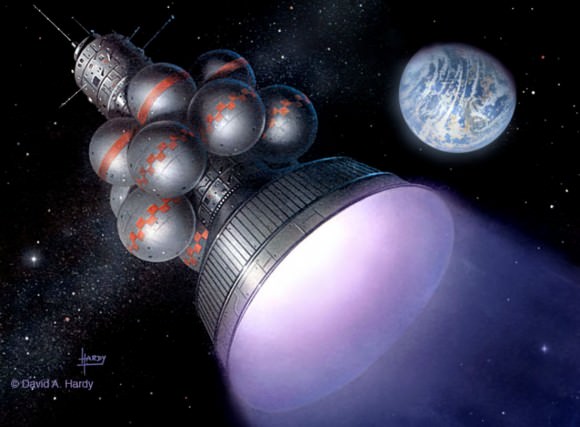
Fortunately, the Solar System has provided us with vast repositories of hydrogen: the giant planets, Jupiter, Saturn, Uranus and Neptune all made up of at least 80% hydrogen. But harvesting the planets for their hydrogen isn’t without its challenges.
For starters, the gravity on the surface of Jupiter is nearly 25 m/s2, which is nearly three times the surface gravity of Earth. On top of that, Jupiter’s magnetosphere produces intense radiation fields through its entire system. You can’t spend much time near Jupiter without receiving a lethal radiation dose.
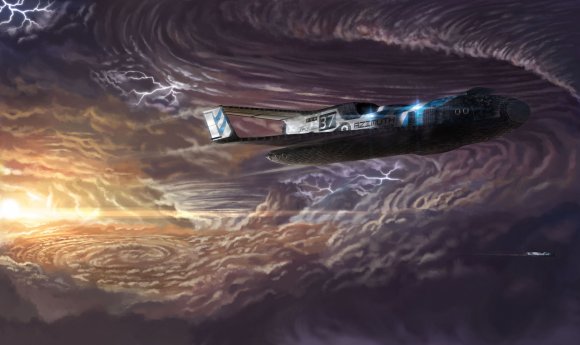
We deploy huge robotic scoopers to swoop down into Jupiter’s gravity well, skim across the upper cloud tops, funneling in as much hydrogen as they can. On board compressors liquefy the hydrogen, or refine it into the more energy dense metallic hydrogen. The fuel is then distributed across the Solar System through the interplanetary transport network.
For Uranus and Neptune, where the gravity well is less extreme, we have permanent mining stations which float in the cloud tops, harvesting raw materials for return back to space. These factories are a huge improvement over the more expensive scoop ships. Smaller cargo ships ferry the deuterium, helium-3 and hydrogen up to orbit, for an energy hungry Solar System.

In order to construct our Dyson Swarm, we will eventually need to dismantle almost all the planets and moons in the Solar System to provide the raw materials to house countless people.
This process has begun, and we we have a number of options. For some worlds, we plan to just keep mining and refining them with robotic factories until they are gone, but this can be quite time consuming and often we would rather do our refining and manufacturing elsewhere.
Instead, we have set up very large mass drivers running around the object to launch material directly towards its desired destination. To avoid building up angular momentum inside the shrinking mass of the planetoid, we run these giant cannons in both directions. This prevents it spinning so fast that it tears itself apart. There’s very little gravity holding these objects together after all.
For the smaller objects that’s actually just fine. When we want to disassemble a smaller asteroid or moon into rock and dirt for the inside of a cylinder habitat, we construct a cylindrical shell around the asteroid, and spray material from the asteroid onto the cylinder, giving it some spin and artificial gravity to hold the material up, or rather down to its surface. We spin the asteroid faster and faster until it flies apart, transferring its material and its angular momentum to the cylinder.
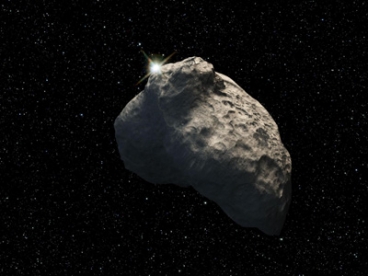
With larger asteroids we send a series of cylinders past them in a chain, painting their interiors with the material we will turn into dirt later on, until we run out of asteroid.
For full blown minor planets and moons, which are much more massive but still fairly low in gravity and lacking an atmosphere, we pump matter up tubes to high above the planetoid to fill freighters, get compacted into cannon balls to be launched elsewhere, or simply pumped into rotating habitats being built nearby.
Mercury is already half consumed. In a few more generations, it will be a distant memory.
Perhaps our greatest accomplishment is the work underway at Jupiter and Saturn. We are now in the process of dismantling these worlds to harvest their resources.
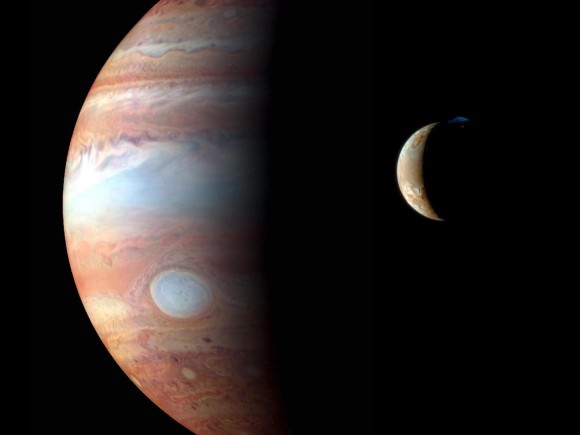
The largest machines humanity has ever built, fusion candles, have been deployed into the atmospheres of Jupiter and Saturn. These enormous machines scoop up raw hydrogen from Jupiter to run their fusion reactors. One side of the fusion candle fires downward, keeping the machine aloft. The other end blasts out into space, spewing material that can be harvested from orbit.
Not only that, but these candles provide thrust, pushing Jupiter and Saturn slowly but steadily into safer, more useful orbits for our civilization. As we use up the hydrogen, their mass will decrease. Uranus and Neptune will follow slowly, from farther out in the Solar System.
Eventually, eons into the future, we will have dismantled them down to their cores. There is more than a dozen times the mass of the Earth in rock and metal down at the core of Jupiter. More raw materials than any other place in the Solar System.
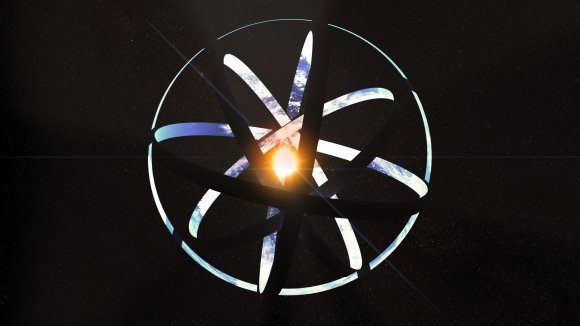
The long awaited construction of our fully operational Dyson swarm will finally begin. We’ll miss the presence of Jupiter and Saturn in the Solar System, and remember them fondly, but humanity needs room to stretch its legs.
Of course, as huge as the gas giants are compared to Earth, the Sun is far bigger, and contains not just hydrogen and helium but thousands of planets worth of heavier elements, which are spread around the sun, not just concentrated deep down.
Trying to scoop matter off a star is much harder than out of gas giant, though conveniently, we can take advantage of all that energy the Sun is giving off to power our extraction.
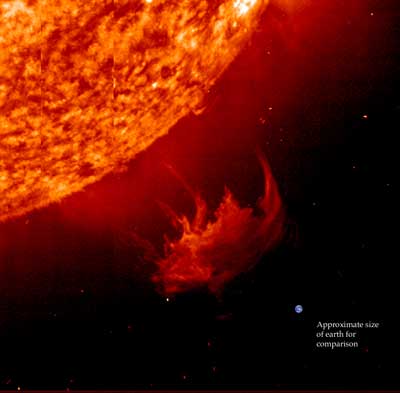
The material on the Sun is also ionized, so it reacts strongly to magnetic forces, and the Sun generates a massively powerful magnetic field too. In fact, our Sun ejects about a billion kilograms of matter a second as solar wind. We have a few ways to increase this flow and harvest it.
The first is called Thermal Driven Outflow. We hover mirrors over the surface, reflecting and concentrating light down on spots on the Sun’s surface to heat it up and increase the mass being ejected. This kicks up an eruption much like a solar flare, feeding more solar wind.
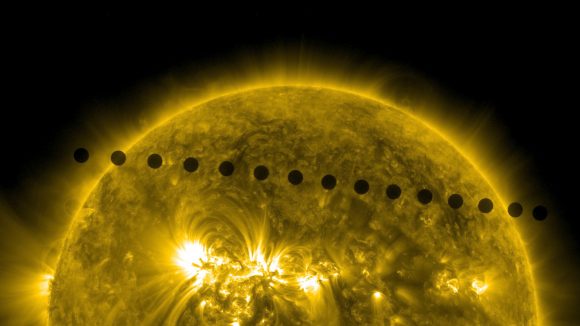
We then place a large ring of satellites around the Sun’s equator, connected to each other by a stream of ionized particles generating a huge current, themselves running that stream off solar power. This ring creates a powerful magnetic field pushing outward toward the Sun’s poles, and sending the super-heated matter in that direction.
Hovering over the poles further out, we have a giant ring sucking up sunlight and generating a huge toroidal magnetic field. All the matter we stir up on the sun and off the poles is sucked through that and slowed down for collection. It’s a lot like the VASIMR Drive, using a magnetic nozzle, so that nothing has to touch the ultra hot plasma. Giant Plasma Thrusters essentially acting as the pump to gather the matter, it stays in place using the momentum it’s stealing from the particles it is slowing down, again it’s a giant plasma thruster.
We will eventually build far more of these rings around the Sun, spaced up and down from the equator, and intermittently shut off the power beam holding them aloft. As all the satellites in that ring drop, building up speed, we switch the power for the beam back on and their plummet stops and they push back up to their original position. We do this with all the rings, in sequence, pushing much larger waves of matter toward the poles than the Thermal Driven Outflow method provides, and we call this option the Huff-n-Puff Method.
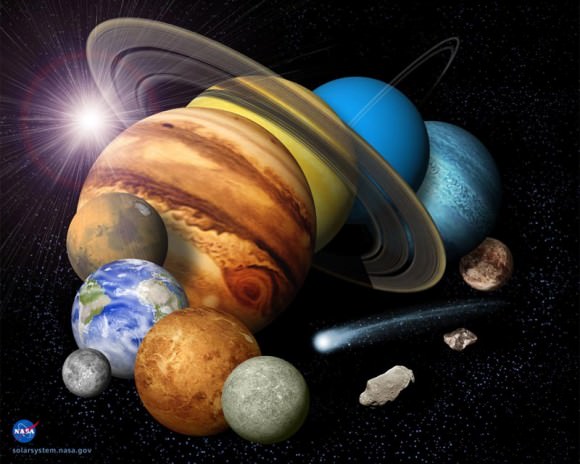
And there you have it, our tips and techniques to harvest all the resources from the Solar System. To push and pull worlds, to heat them up, cool them down and use their raw materials to house humanity’s growing, ever expanding population.
As we nearly achieve our Type II civilization status, and control all the energy from our Sun and all the resources of the Solar System, we set our sights on a new goal: doing the same thing for the entire Milky Way Galaxy.
Perhaps in a few million years, we’ll create another guide for you, to help you make this transition as efficiently as possible.
Good luck!

